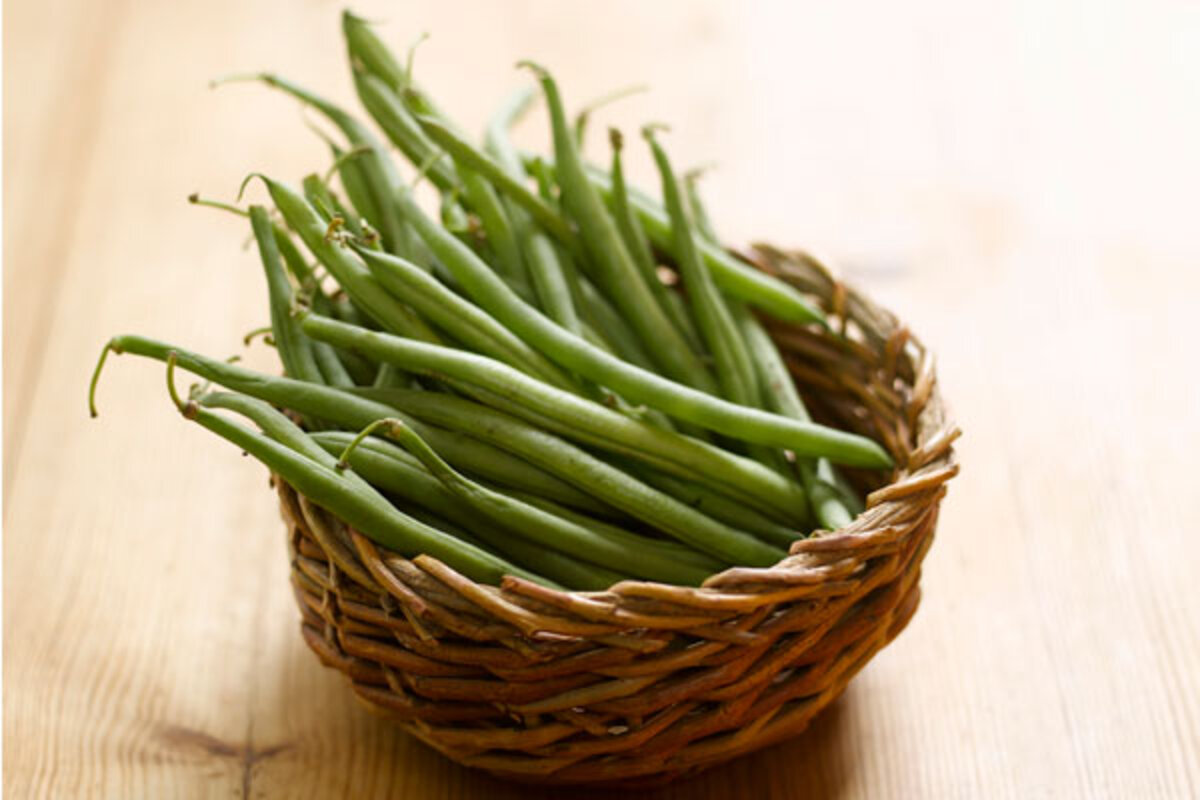The generosity of gardeners, comrades of the spade
Loading...
Two decades ago, when I worked as a magazine editor, I received a telephone call from George B. Park Jr. That’s the George Park, as in . The call reminded me of what a generous group gardeners are, a characteristic that seems worth pointing out in this season of giving.
I’ve always had good success buying seeds and plants through the mail. The selection and service are first-rate, and the baker’s dozen is commonplace. This time, however, I had written Park Seed and a dozen other companies not to place orders but to ask questions about bush beans. I was unknown to these people, yet their responses were as hospitable as if I were the prodigal daughter, finally found and fully forgiven.
Rob Johnson of sent me a handwritten letter. He didn’t carry any of the beans I was growing, yet he provided information about five of the six varieties. and replied, detailing the varieties in their inventories and even gave sources for the types they didn’t sell. regretted that they sold none of my varieties, though they had trialed two of them in their Prince Edward Island garden. If I had more questions, I should write, they said. “We are always willing to help you out as much as we can.”
Garden generosity isn’t new, of course. In 1735, the Englishman Peter Collinson wrote his friend John Custis, the Virginian with whom he exchanged seeds and plants: “I think there is no Greater pleasure than to be Communicative and oblige others...Wee Brothers of the Spade find it very necessary to share. . . .”
Wee Sisters do, too.
Garden writing, also, is all about being “communicative,” about sharing ideas and experiences, collaborating. “I merely wish to talk to you on paper,” Mrs. E.W. Earle begins "."
Gardening is personal. And the best garden writers — like the best gardeners — are opinionated people. While willing to share horticultural secrets and help solve horticultural mysteries, we can be cranky and prejudiced. We may do things in distinct ways, we may not like the same plants or the same color combinations, but we are comrades of the spade.
Moreover, most gardeners are as generous with their praise as with their criticism. One reader, for instance, wrote to tell me that I erred, that Anna Comstock’s "" was written in 1911, not 1939. Then she softened her censure, explaining that the book was also one of her favorites, that she had discovered it when a college student, and that she was delighted to see me refer to it.
Another gardener, a man in his 90s, wrote that “I liked your article, but I was amazed to read that your bleeding-hearts don’t self-sow. Mine do — I bought them at the Woolworth store in the 1930s. You’re welcome to a sample. Come and help yourself,” he added, giving me directions to his house. “Go on in through the side gate — I won’t be home — and dig up whatever you see that you don’t have. I will like thinking of my plants growing in your garden.”
“No one can garden alone,” Elizabeth Lawrence observed. Her "" celebrates the connections made by “hard-working farm women who are never too tired … to gather seeds, to dig and pack plants, and to send them off with friendly letters.” Similarly, her "" is more than a book about the minor bulbs of spring. It also is an account of the 10-year correspondence between two gardeners, Lawrence in North Carolina and Mr. Krippendorf in Ohio.
Another verse to their horticultural anthem was composed by Sydney Eddison, who, without our having met, mailed me a clump of Carl Krippendorf snowdrops after she learned that I admired Lawrence’s book. The bulbs’ route was appropriately circuitous: from Krippendorf, who had dug his start from an old cemetery, to his granddaughter Mary Ley to Eddison to me.
Not surprisingly, Eddison affirms that “every garden is a record of the life and times not only of its creator but a host of ‘significant others’ who have contributed to it” in her book "."
Plants from friends and strangers, letters from gardeners unknown and known, advice and experiences imparted, books and articles and blogs written and read — all are testaments to the pleasure of sharing our gardens. Albeit individual and idiosyncratic, gardening ultimately is communal.
George Park’s telephone call — made to answer my bush beans questions — affirmed this mutuality of gardeners. Park Seed is the oldest family-owned, mail-order seed company in the country, yet Park was helpful and modest, interested in how my small Vermont garden was doing.
His grandfather began the company in 1868, selling seeds he had grown in his backyard and insisting, “Your success and pleasure are more to Park than your money.” Today, Park’s offers thousands of different seeds and plants, shipped from a maze of climate-controlled rooms and greenhouses. Grandfather George wouldn’t recognize the place, but he’d recognize his grandson’s telephone call. Any gardener would.
Karan Davis Cutler, a former magazine editor and newspaper columnist, is the author of scores of garden articles and more than a dozen books, including “Burpee - The Complete Flower Gardener” and “Herb Gardening for Dummies.” She now struggles to garden in the unyieldingly dense clay of Addison County, Vt., on the shore of Lake Champlain, where she is working on a book about gardening to attract birds and other wildlife. She blogs regularly for Diggin’ It.
Editor’s note: To read more by Karan Davis Cutler, see our blog archive. The Monitor’s main gardening page offers articles on many gardening topics. See also our . You may want to visit . Take part in and get answers to your gardening questions. If you join the group (it’s free), you can upload your garden photos and enter our next contest.




